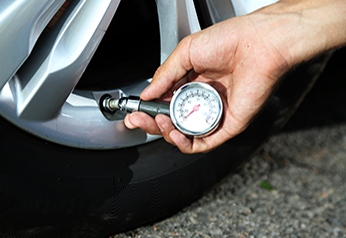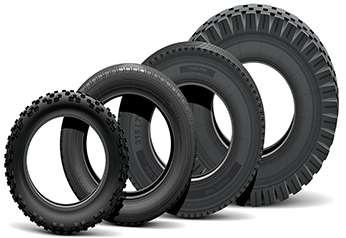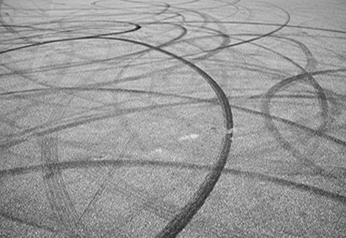
Tyre Puncture Repairs: A Step By Step Guide
Out of all the tyre hazards, the most common is a tyre puncture.
Not only do they happen at the worst possible times, but if a tyre puncture is deep enough, it causes air to leak out, resulting in a flat tyre.
What's useful for many drivers is that you can repair your tyre punctures safely, especially if the damage isn't bad.
So check out Tyroola's handy tyre puncture repair guide and find out how you can get your flat, punctured tyre back on the road again.
Professional Tyre Puncture Repairs
At Tyroola, we recommend that your get professional tyre repair specialists to repair your tyre punctures to ensure your safety and to determine if repairing your tyre is still legal instead of replacing them.
When not to repair a Tyre Puncture
Before starting any DIYs, remember that NOT ALL TYRES CAN BE REPAIRED. You need to check what the repair and warranty policy is of your tyre's manufacturer.Some run-flat technology and commercial tyres, for example, can't get repaired.
It is also illegal to repair tyres that have the following conditions:
-
Tread depth is below 1.6mm
-
Tread punctures are greater than 6mm
-
Compromised structural integrity
-
Deteriorated rubber or worn-out tyre
Top Three Causes of Tyre Punctures
1.Road debris, including nails, screws, sharp rocks, and wires.
2. Worn down tyre tread
3. Incorrect tyre pressure making them more vulnerable to sharp objects on the road
Signs you are driving with a flat tyre
-
Booming Sound
Many drivers report hearing a booming sound before their tyres go flat. This is usually the case with a blowout -
Sluggish vehicle
If your car is struggling and sluggish despite heavy acceleration or stops abruptly like someone stepped on the brakes, check your tyres to see if you are already running flat. -
Veering off
When your car starts to veer off to one side, it means you have a flat in one of your tyres up in front.
What you need to repair your tyre's puncture
-
Carjack
-
A lug wrench with socket and pry bar edges
-
Tyre Puncture Repair Kit
-
Pliers
How to repair punctured tyres
1. Take the tyre off the car.
Never repair a tyre while it is still attached to your vehicle. The tyre needs to be removed from the car and from the wheel to access its inner surface.
2. Examine both inside and outside the tyre
If you don't check inside the tyre for hidden damages, your repair might be incomplete. Checking inside of your tyre can also show where you can seal the puncture from both sides.
3. Remove what caused the puncture.
Find the spot where your tyre was punctured and remove the nail, wire or other foreign objects that pierced the tyre with a pair of pliers. Do this carefully to prevent further tyre damage. The hole needs to be entirely cleaned, so nothing gets left behind.
4.Fill the hole or puncture path.
Use a suitable vulcanising material or rubber stem to fill and seal the puncture to keep moisture out completely.
5. Treat the inner tube.
The tyre's inner-liner needs repairs as well. It should be cleaned, buffed, cemented, patched and coated and sealed to prevent air loss.
6. Do a final check on the tyres.
Before returning the tyre to the wheel and vehicle, make sure that the patch is thoroughly dry.
What are the different tyre patching methods?
1. Plug-type
This method does not require you to check inside the tyre.
2. Patch-type
You'll have to remove the tyre from the wheel for this method to check inside the tyre.
3. Plug-and-patch
This is a combination of the two methods. Use a mushroom-shaped patch and plug combination kit to make your repairs. You should also have a tyre repair kit handy.
TYROOLA SAFETY REMINDER:
Any repair work on a punctured tyre is a temporary, stop-gap measure. We recommend you bring your tyre to a professional repair service centre as soon as possible.
Need New Tyres?
If you can no longer repair your current tyres, replace them and get a new set at Tyroola.



